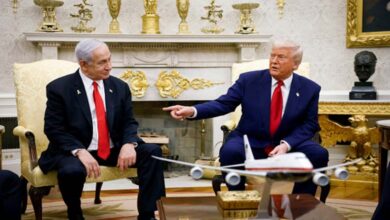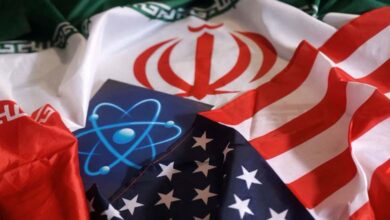Compulsory dress code for women is a shared culture among extremist organizations… Iran and the Taliban as an example

Terrorism has no religion and is inhumane. Treatment has always been more repressive towards human beings, especially women. Throughout history, terrorist movements and entities have treated women badly. Iran and the Taliban are the most significant examples.
There have been many attempts to prevent women from being educated and oppress them in public life as well as in forced hijab, which is done by terrorist groups and states that support terrorism and oppress women.
The Taliban have forced women to wear burqas, and Afghanistan’s ruling Taliban have ordered women to wear burqas in public and issued an edict to circulate the dress code known as Chadari Afghani. The edict is considered one of the strictest restrictions on women, and has ordered female anchors to wear it in public.
Women’s compulsory clothing in Iran
Following the Islamic Revolution in 1979, the compulsory hijab law became available and enforced, and is monitored by police forces called morality police, against which women in Iran are currently demonstrating, following the death of the girl Mahsa Amini at the hands of morality police.
To resolve the crisis, Iran has announced the dissolution of its “morality police” and suspended its activities in the wake of recent protests in the country, but they have been replaced by regular police forces.
In Afghanistan, in 2016, female students at a girls’ school in Herat were poisoned with poison gas. The Taliban immediately claimed responsibility for this bioterrorist attack, and after this chemical attack, the Taliban declared that Islam is against girls’ education.
Iran also poisoned schoolgirls to prevent them from protesting against the headscarf, and more than 100 girls were among the first to be banned, prompting parents to ban them from teaching.
The terrorist match in the uniform was evident between the burqa and the Iranian hijab, as well as the treatment of women between the two parties. In the 1990s, Iran had hostile relations with the Taliban after the Taliban attacked the Shia Hazara in Afghanistan.
Things changed shortly thereafter, and during Mahmoud Ahmadinejad’s presidency Iran strengthened its relations with the Taliban. Under the protection of the Iranian Revolutionary Guard, the Taliban established a command center in the city of Mashhad, inside Iran, to coordinate their military operations in western Afghanistan.












